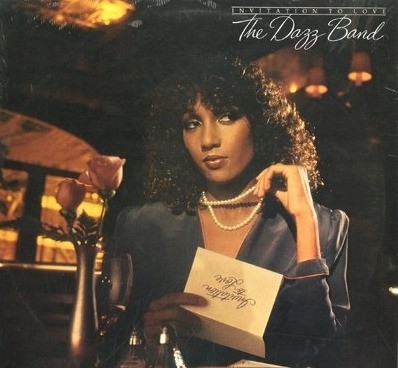
Prince was the topic of a conversation between myself and Henrique for much of this past summer. One of the big related topics had to do with an episode of Calvin Lincoln’s TV show Soul School TV out of Vallejo,California. The Prince tribute had a subtext involving its guest about Prince being the prime musical of all time. Henrique,Calvin and myself all ended up agreeing that Prince’s was the prime musical figure,but of the 1980’s-not of all time. The album that probably epitomizes this,as well as Prince’s main persona,came in the very first year of the 80’s decade Dirty Mind.
Last week,this album celebrated its 36th anniversary. Hard to believe Prince’s third album is the same as as I am. So no irony is lost on me that I’m a little late to the party over-viewing this album here. Most of the songs on this particular album came to me by way of their inclusion on the compilation The Hits/The B-Sides. Upon finally hearing the album in its entirety on vinyl,it became clear that this represented the beginning of an ongoing process on Prince’s part to gain the attention of the rock audience. His first two albums in the late 70’s were funk/soul with a West Coast soft rock twist. Dirty Mind changed all that.
The main characteristic of Dirty Mind is the stripped down instrumental approach. As well as the raw demo style production. From my understanding and research,the post disco radio freeze out of black American music had a key tenant: using the than often maligned term of “disco” as a musically racist slur to keep uptempo hits from black artists from crossing over. Brittle,jerky guitar/synthesizer based new wave rock was the order of the day in the very early 80’s on pop radio. And for all intents and purposes Dirty Mind is Prince’s new wave rock album.
Most of the songs showcase pulsing synthesizers,stiffly grinding guitars with like minded bass lines and punkish “rage against the machine” attitude. What Prince added to this mix were melodic structures that were still very much in league with the funk/soul genre from which he came. He was still singing exclusively in his falsetto vocal register. The lyrical content also reflects elements of the sexual revolution from the disco era. The difference came from the explicit “punk” attitude with which Prince expressed what was generally only implied during the disco era itself.
Actually,this album is not particularly funky throughout. Even its ballads have more of a 1950’s doo-wop flavor about them. “Head”,with its naked electro Minneapolis funk,essentially set the stage for numbers such as The Time’s debut single “Get It Up” and his own “Controversy” from a year later. “Partyup”,with Morris Day on drums,closes the album with a tight new wave funk hybrid that lyrically sets the stage for his song “1999” a couple of years later. In the end Dirty Mind found Prince re-imagining his sound for what the decade required of it. And trying to reconcile the relationship between funk and rock.
With his next two albums Controversy and his breakthrough 1999, Prince pulled more funk into his mix of Minneapolis new wave. Sometimes even hybridizing for an entire song. This is the sound that Prince would make famous. Both of these albums were sleeker and had a hotter mix than anything on Dirty Mind. And of course Prince’s major breakthrough as a rock star would come in 1984’s Purple Rain. After that,Prince was primarily funk with some rock mixed in. Still Dirty Mind shows how Prince would still come into his own-even when the general music tide seemed to work against his style.







